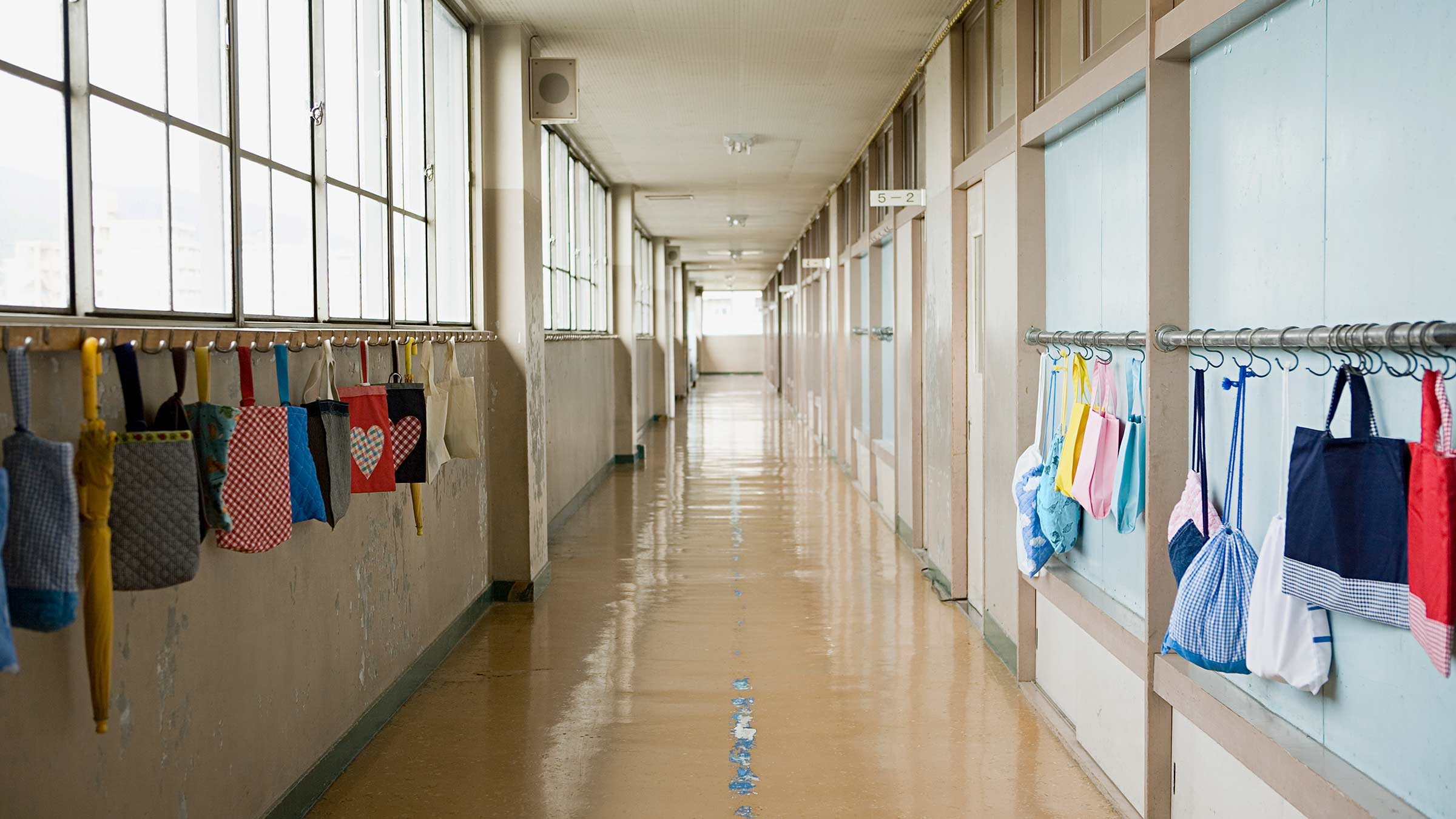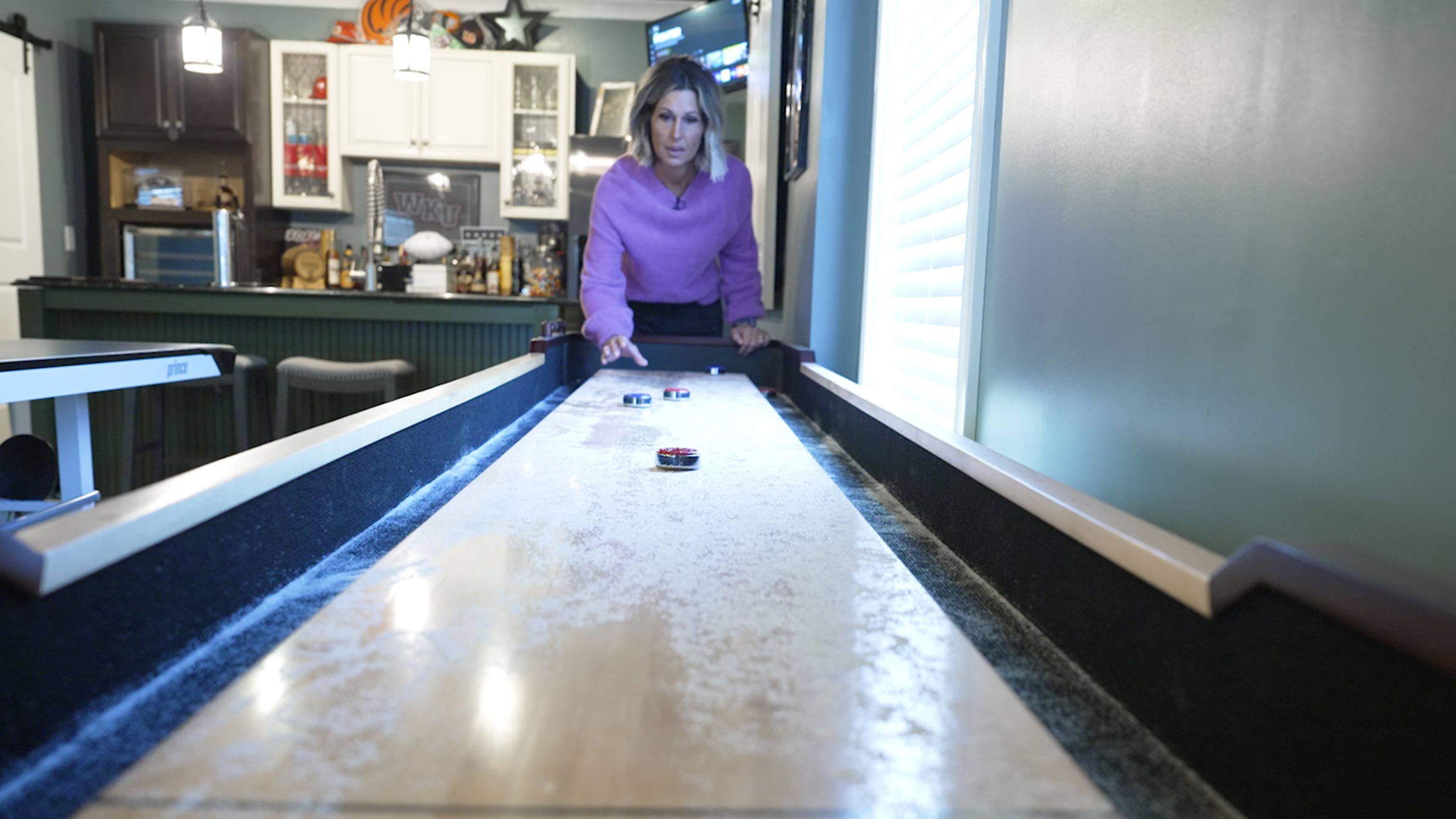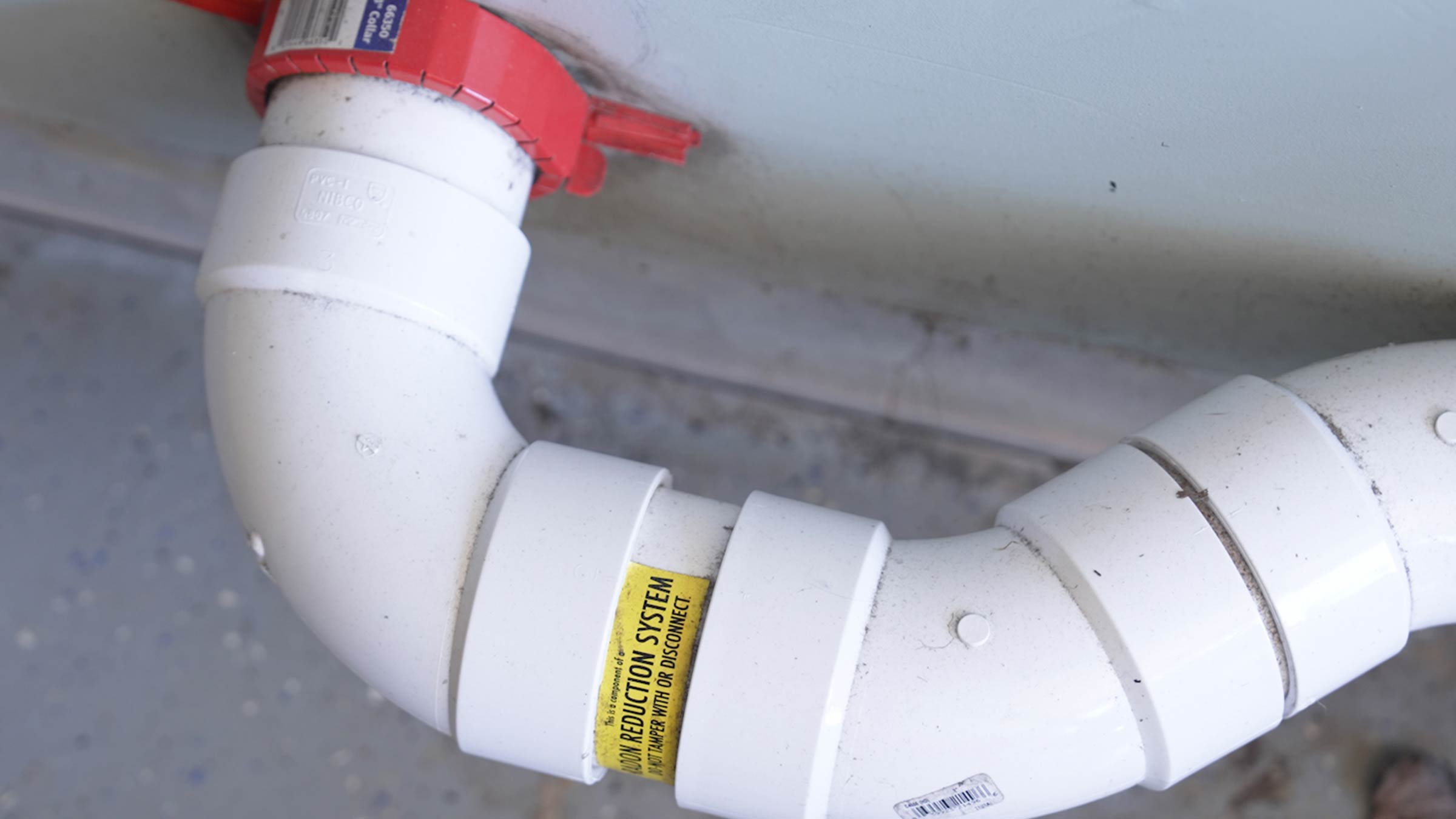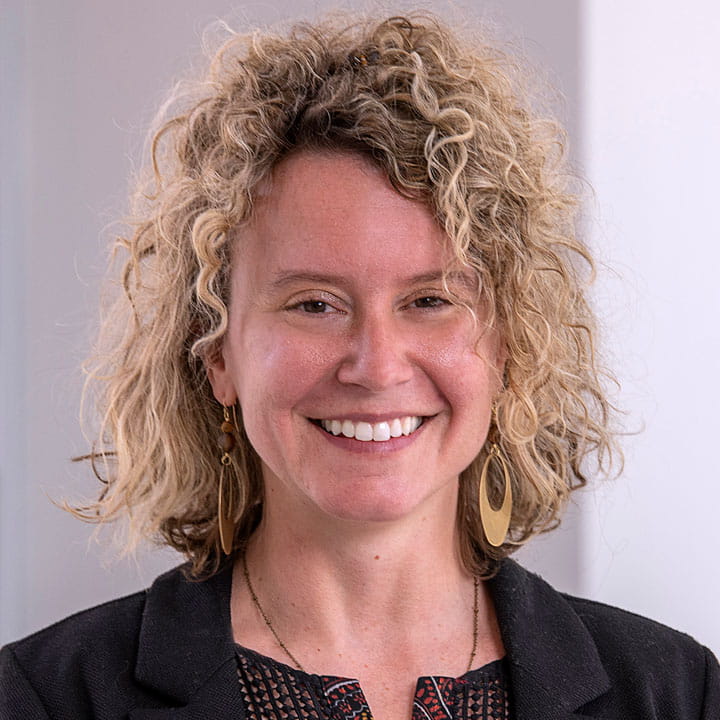
Although lung cancer is thought of as a “smoker’s disease,” anyone with lungs can get it — and doctors are concerned that non-smoking lung cancer is rising at a surprising rate.
“There is no question that cigarette smoking is the number-one cause of lung cancer, but up to 20% of these cancers occur in people who have never smoked and who, generally, have lived a healthy life,” says David Carbone, MD, PhD, a medical oncologist at The Ohio State University Comprehensive Cancer Center – James Cancer Hospital and Solove Research Institute (OSUCCC – James).
“The leading cause of lung cancer in non-smokers is radon gas exposure,” Dr. Carbone says. “We can’t smell or see radon gas, so we have no clue whether we are at risk unless we have our homes tested. And there isn’t widespread awareness of this very real danger to all of us.”
Most people dismiss radon risk, skip home testing
The U.S. Environmental Protection Agency (EPA) recognizes radon as the No. 1 cause of lung cancer among non-smokers and recommends regular radon testing and corrective measures to lower exposure levels in homes. However, a new consumer survey conducted on behalf of the OSUCCC – James showed that:
- 75% of Americans have not had their homes tested for radon
- Over half (55%) are not concerned about radon exposure in their homes, community or schools.
Lung cancer survivor Chasity Harney of Kentucky says she’s very disturbed by this.
“I know that radon likely caused my stage four lung cancer. I worked in a very old school building for 18 years. I lived in homes that were not tested for radon. I ate healthfully, exercised regularly and generally lived a healthy lifestyle. I never expected advanced lung cancer to be part of my story,” says Harney.
In 2018, her normal bustle of activity as a teacher and mom were stopped abruptly by sharp chest pains when breathing. Her primary care doctor thought she was probably experiencing additional stress but ordered a chest CT scan to rule out anything abnormal.
“When I got a call asking me to come into her office the following Monday, I didn’t expect her to tell me I had lung cancer. I had never smoked in my life. I ran five miles a day before this diagnosis, I ate the right food. I’d done all the right things. All I could think about was: ‘What about my kids?’ Hearing the word ‘cancer’ was shocking enough, but hearing ‘stage 4 lung cancer’ — I knew the prognosis for this disease was not good, and I was devastated,” recalls Harney.
With the advice of her local doctors, she immediately began chemotherapy and radiation. She lost her hair, struggled to eat and was in and out of the hospital. She wasn’t getting better and was told there was nothing else they could do for her. But friends encouraged her to get a second opinion at the OSUCCC – James.

“That’s where I met Dr. David Carbone and Dr. Robert Merritt. They saved my life. They are the reason I’m here today,” she says.
Doctors determined her cancer had a genetic mutation known as EGFR that could be treated with a new targeted therapy. She underwent surgery and began targeted medical treatment. Nearly five years later, her lung cancer has stopped growing and remains stable, and she’s living with the disease as a chronic condition. She still travels to the OSUCCC – James every eight weeks.
How to lower your risk of lung cancer from radon exposure
Dr. Carbone says the good news is that there is something everyone can do to mitigate risk — test our homes for radon and insist that our legislators mandate radon testing in our schools and places of business.

“Radon exposure is cumulative over a lifetime, so the basements where your children are playing today could be increasing their risk for lung cancer later in life. Your health and the health of your family members is the most important thing we have. I highly encourage people to test their homes for radon and take actions to reduce exposures if needed,” he adds.
Patient cautions: It can happen to you, so take radon exposure seriously
“I am living proof that people need to take radon exposure seriously. Don’t think this couldn’t happen to you — be proactive and advocate for yourself and your family,” Harney says. “And if you haven’t had your home tested for radon, get a kit and do it today.”
This includes installing a radon remediation system that sucks air from the basement, where radon gas typically lingers. Increasing air flow by opening windows and using fans/venting in your home, and sealing cracks in the floors, walls and foundation are also important.

How to identify symptoms of lung cancer
The symptoms of lung cancer are the same regardless of whether a person has smoked:
- not feeling well or feeling tired all the time
- frequent coughing
- chest pain
- wheezing
- shortness of breath
- coughing up blood
These symptoms happen with other illnesses too, but Dr. Carbone says anyone, regardless of age, who has a lingering symptom that doesn’t resolve despite initial treatment should insist on having it checked.

Lung cancer screening saves lives
For more information about lung cancer screening at the OSUCCC – James, click the link below or call 614-293-6939.
Learn more and schedule an appointment




